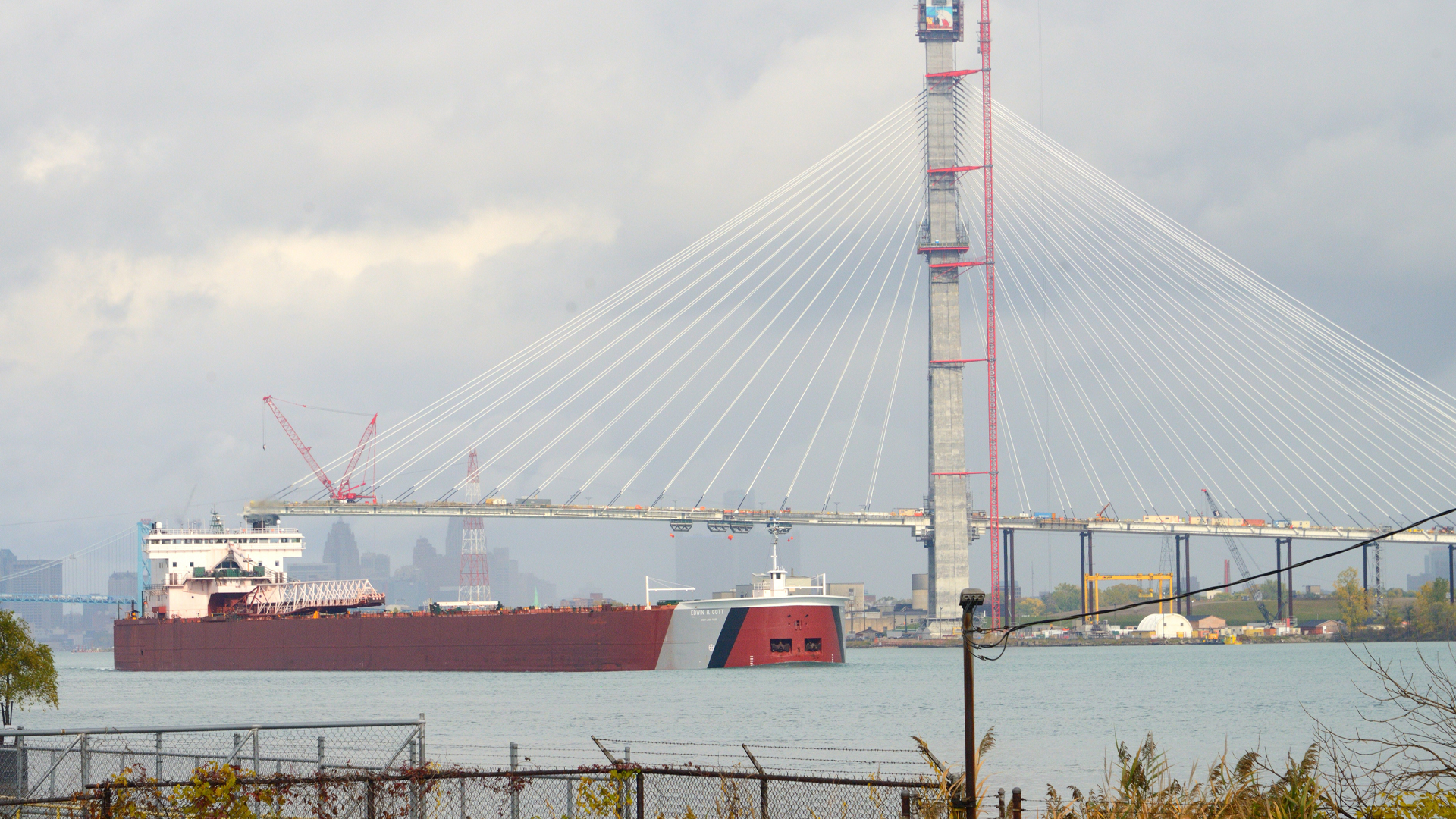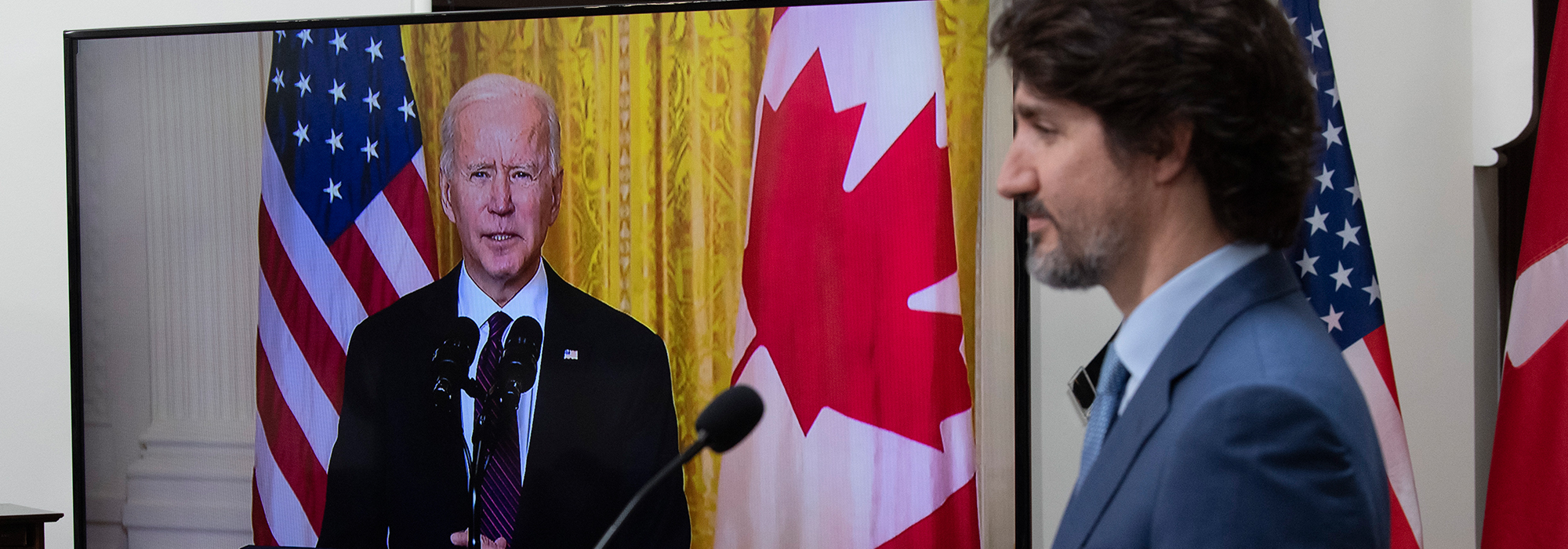
As we enter into the early days of the Biden administration, I am struck by a sense of déjà vu.
Flashing back exactly 12 years ago, we were entering the early days of the Obama administration. Many Americans were over the moon with a new, “unifying” Democrat who was taking over from an increasingly unpopular Republican president. Canadians too got swept up in this near euphoria and a common joke at the time was that the most popular politician in Canada was President Barack Obama.
One might stop me here and point out the significant differences, economically and socially, between 2009 and 2021. I am not discounting those significant differences but bear with me.
Looking back, as Obama entered the White House, a growing movement in the U.S. was pushing back on the future of the Keystone XL pipeline and it was felt that the pipeline might be at some risk.
Alberta’s message track shifted towards what I would call the “friendly and responsible neighbour” strategy and away from a strict “security of supply” argument. Alberta’s official office in Washington, part of the Canadian embassy there, through which we worked to help convey Alberta’s message, repeatedly engaged at the highest levels to convey the value proposition of the pipeline, its importance to our two economies and our positive environmental bona fides, but this engagement was, as we now know, to no avail.
Similarly, after frequent setbacks on the trade front, it appeared that Canada had been successful in pushing back measures which had impeded trade. Measures frequently referred to as the “thickening” of the Canada-U.S. border post-9-11 had been put in place. Fast-forward a year or two later and a new, stringent “buy American” policy was put in place with significant impediments on cross-border trade. By the end of Obama’s term in office, the U.S. had allowed the Softwood Lumber Agreement to expire, opening up Canada yet again on U.S.-bound lumber exports, which persist to this day.
Clearly, we misread the seriousness of the impediments we faced and trusted too much in our 150-plus years of positive relations to cushion us from negative trade action. Our working assumption was that we generally got along and that Washington thought about Canada as frequently as we thought about the U.S. We assumed that the value of projects like Keystone XL or the need for freer trade would be so apparent as to be “no brainers,” as a prime minister at one time noted. Our assumptions were proven wrong repeatedly.
So, where do we find ourselves in early 2021? Canadians are again optimistic about a new incoming president who we presume will be more Canada-friendly than the one we have experienced over the last four years. But this is not a high bar. Yet even in these early days of his administration, President Biden has acted to stop Keystone XL in its tracks – as he promised during the election campaign — and begun to impose new “buy American” provisions, which will inevitably do harm to Canadian interests.
Many are already rationalizing that the “buy American” provisions are not aimed at Canada, that we are just collateral damage and that ultimately we will be able to develop workarounds. But many Canadian companies have seen this before and have had to deal with cancelled contracts for work or have been forced to jump through hoops to continue to do business. Early estimates indicate that as much as $600 million worth of work for Canadian companies could be at risk or negatively impacted by such action.
On Jan. 21, in a phone call between the prime minister and the president, the two leaders sketched out an optimistic agenda for future work relating to collaboration, action on climate change, and “our shared interests and values on the global stage.” The two leaders followed up this initial call with a joint meeting on February 23 at which a broad agenda of joint work for a range of issues from COVID collaboration, to joint work on climate change and the notion of « building back better ». Based on these discussions, the door is open to a reset. But as important as it is to be optimistic about an improving relationship, we should not allow ourselves to be as blinded by that optimism as we arguably were in 2009. We need to be more vigilant than we were back then by paying close attention to every step taken by the new administration and being willing to engage with, and push back on, our most important trade and investment partner where warranted.
Throughout the challenges of the past, our Canadian embassy and the federal government both played a strong role in amplifying the message that Canada was a reliable trade partner and, more to the point, that Canada was the largest two-way global trading partner of virtually every individual state. Premiers too have spent time underscoring to their neighboring states and to states with which they have significant two-way trade the ongoing importance of this to both countries.
These efforts have frequently “moved the needle” by reminding senators, congressmen and state-level actors that trade with Canada creates jobs, that our supply chains are intertwined and that compared to many of their trade partners around the world, it is easy to draw a clear line to the mutual benefits that flow from our positive relationships.
Maintaining the effort to convey the importance of our open borders and strongly interconnected trade flows seems to be a never-ending requirement, and indeed it is. In addition to now dealing with a new president, there is a new roster of administration officials and there is continually a new roster of elected officials at various levels. The government of Canada and our provincial governments all have constructive roles to play in building those relationships, nurturing them and using them to ensure that key decision-makers understand fully the consequences of any action detrimental to Canada-U.S. economic interests.
Often left out of the conversation is the private sector. Canadian business leaders can help underscore the importance of the relationship and can do this in a way that governments cannot. Companies can tap their long standing – and in some cases very localized – relationships. After all, if a Canadian company owns a lumber mill in Georgia employing hundreds locally, the governor of Georgia might just care about the Canada-U.S. relationship in ways that are not apparent to other levels of government. For that very reason, governments should work to pull interested companies into the conversation and enlist them in tapping into their circles of influence.
How do we avoid our mistakes, and arguably, the naiveté of 2009? We need to all understand clearly the consequences of paying inadequate attention to the intentions and actions of our most important trade partner and be prepared to invest heavily in that relationship going forward.
Photo: Canadian Prime Minister Justin Trudeau looks at a television screen in Ottawa as he listens to United States President Joe Biden deliver a statement during a virtual joint statement following a virtual meeting, on February 23, 2021. THE CANADIAN PRESS/Adrian Wyld








